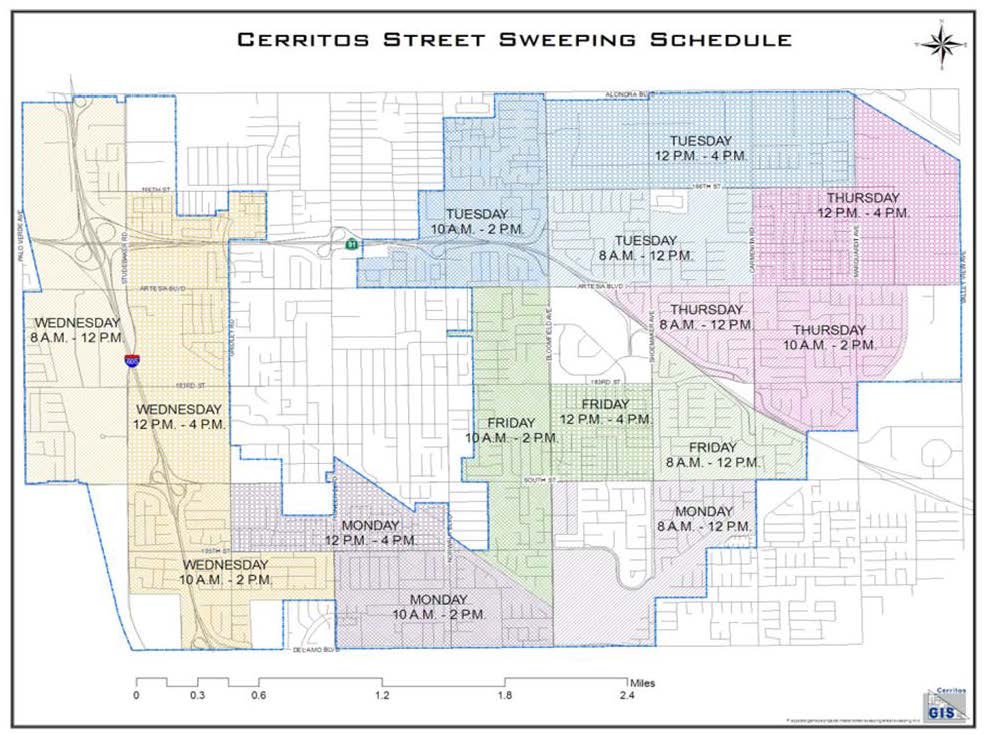Understanding And Creating Your Good Life

Table of Contents
Defining Your Vision of the Good Life
Before you can build your good life, you must first envision it. This involves deep introspection and a clear understanding of what truly matters to you.
Identifying Your Values
Your core values are the fundamental beliefs that guide your decisions and shape your life. Aligning your actions with your values is crucial for creating a life of purpose and meaning. Take time to reflect on what truly resonates with you.
- Examples of Core Values: Family, creativity, freedom, learning, health, adventure, contribution, spirituality, integrity, growth.
- Identifying Your Values: Several exercises can help clarify your values. Journaling about your proudest moments, reflecting on what motivates you, or using values clarification exercises (readily available online) can reveal your core principles.
Setting Meaningful Goals
Once you've identified your values, translate them into SMART goals: Specific, Measurable, Achievable, Relevant, and Time-bound. These goals provide a roadmap for achieving your vision of the good life.
- Examples of SMART Goals:
- Career: "Get promoted to Senior Marketing Manager by December 2024 by completing the required certifications and exceeding performance expectations."
- Relationships: "Spend quality time with family every Sunday by scheduling a family dinner and engaging in shared activities."
- Health: "Lose 10 pounds by June 2024 by exercising three times a week and following a healthy eating plan."
- Personal Growth: "Learn Spanish to a conversational level by taking an online course and practicing daily for one hour."
Breaking down large, daunting goals into smaller, manageable steps makes the process less overwhelming and fosters a sense of accomplishment along the way.
Visualizing Your Ideal Life
Create a vivid picture of your ideal life. This could be a vision board filled with images and affirmations, a detailed written description, or a combination of both. Include all aspects: career success, fulfilling relationships, personal growth, physical well-being, and leisure activities. This visualization serves as a constant reminder of your aspirations and fuels your motivation.
Building a Foundation for a Good Life
Designing your good life is an ongoing process. A strong foundation, built on positive habits, strong relationships, and consistent self-care, is essential for long-term well-being and happiness.
Cultivating Positive Habits
Daily routines and positive habits significantly impact your overall well-being. Incorporate practices that nourish your mind, body, and spirit.
- Examples of Positive Habits: Regular exercise, a healthy diet, mindfulness meditation, gratitude journaling, sufficient sleep, reading, learning a new skill.
- Habit Stacking: Integrate new habits into existing routines. For instance, after brushing your teeth, meditate for five minutes.
Building Strong Relationships
Meaningful connections are cornerstones of a fulfilling life. Nurture your existing relationships and cultivate new ones.
- Tips for Nurturing Relationships: Regular communication, active listening, quality time together, expressing appreciation, offering support.
- Building New Connections: Join clubs, volunteer, attend social events, engage in online communities based on shared interests.
Prioritizing Self-Care
Self-care isn't selfish; it's essential. It's about nurturing your physical and mental well-being to prevent burnout and maintain a healthy balance.
- Examples of Self-Care: Relaxation techniques (yoga, deep breathing), engaging in hobbies, spending time in nature, getting regular massages, setting boundaries, saying "no" when needed.
Continuously Growing and Adapting
The good life is a journey, not a destination. Embrace continuous growth and adapt to life's inevitable changes.
Embracing Lifelong Learning
Continuously expand your knowledge and skills. Learning keeps your mind sharp, boosts your confidence, and opens up new opportunities.
- Examples of Learning Opportunities: Online courses (Coursera, edX), workshops, books, podcasts, attending conferences, mentoring.
- Step Outside Your Comfort Zone: Challenge yourself to learn new things, even if they seem intimidating at first.
Adapting to Change
Life throws curveballs. Resilience and adaptability are crucial for navigating challenges and setbacks.
- Strategies for Coping with Stress: Mindfulness, exercise, spending time in nature, talking to a trusted friend or therapist.
- Learning from Mistakes: View challenges as learning opportunities. Analyze what went wrong, adjust your approach, and move forward.
Reviewing and Refining Your Vision
Regularly assess your progress towards your goals. Are you on track? Do your goals still align with your values? Adjust your plans as needed, refining your vision of the good life as you evolve.
Conclusion
Creating a good life is a personal journey that requires self-awareness, intentionality, and ongoing effort. By defining your vision, building a strong foundation, and embracing continuous growth, you can design a life filled with happiness, fulfillment, and meaning. Start building your good life today! Identify one core value, set one SMART goal, or practice one self-care activity. Share your thoughts and experiences in the comments below – let’s inspire each other on this journey towards a truly good life!

Featured Posts
-
 Complete Street Sweeping Schedule For Estevan Sk
May 31, 2025
Complete Street Sweeping Schedule For Estevan Sk
May 31, 2025 -
 Financial Strain On Veterinarians A Bbc Report
May 31, 2025
Financial Strain On Veterinarians A Bbc Report
May 31, 2025 -
 Is Elon Musk At A Tipping Point A Look At His Current Challenges
May 31, 2025
Is Elon Musk At A Tipping Point A Look At His Current Challenges
May 31, 2025 -
 Glastonbury Festival Securing Coach Resale Tickets A Comprehensive Guide
May 31, 2025
Glastonbury Festival Securing Coach Resale Tickets A Comprehensive Guide
May 31, 2025 -
 Metro Detroit Monday Sunshine Breaks Through After Cool Morning
May 31, 2025
Metro Detroit Monday Sunshine Breaks Through After Cool Morning
May 31, 2025
